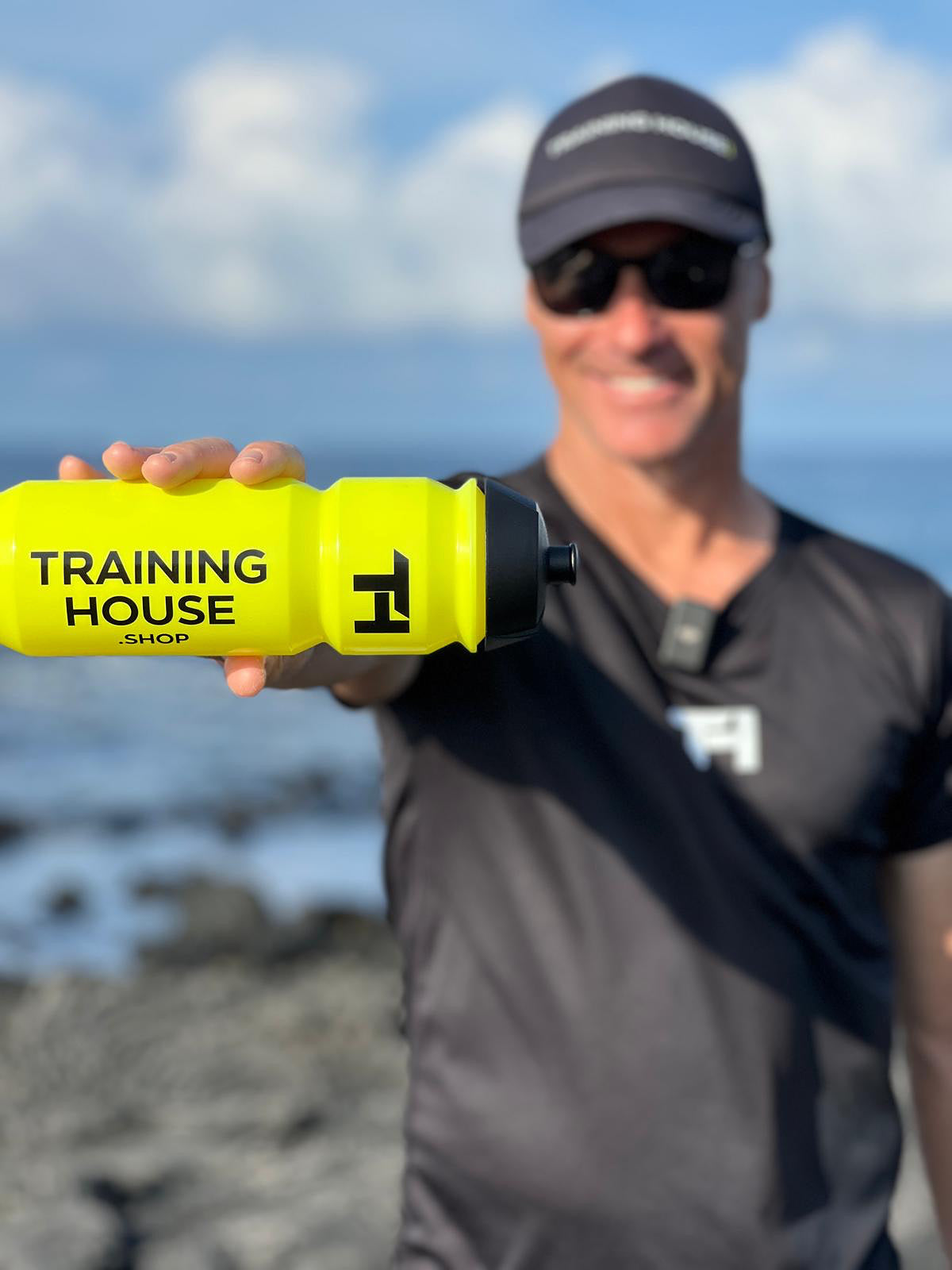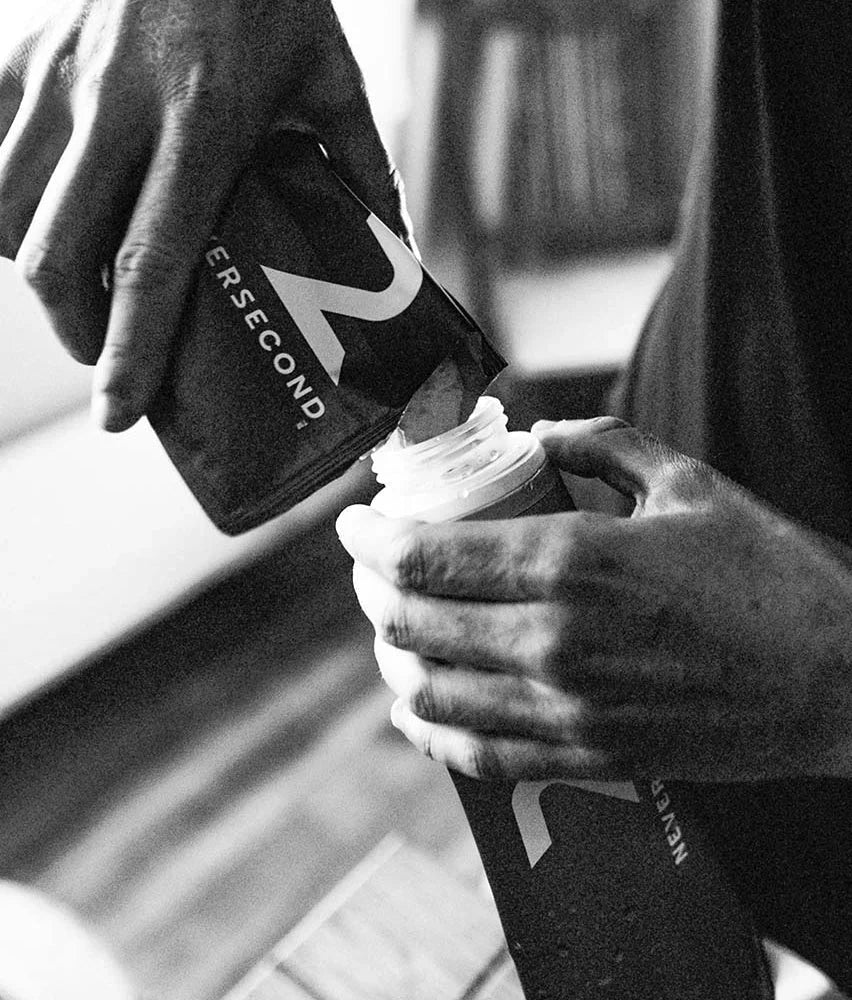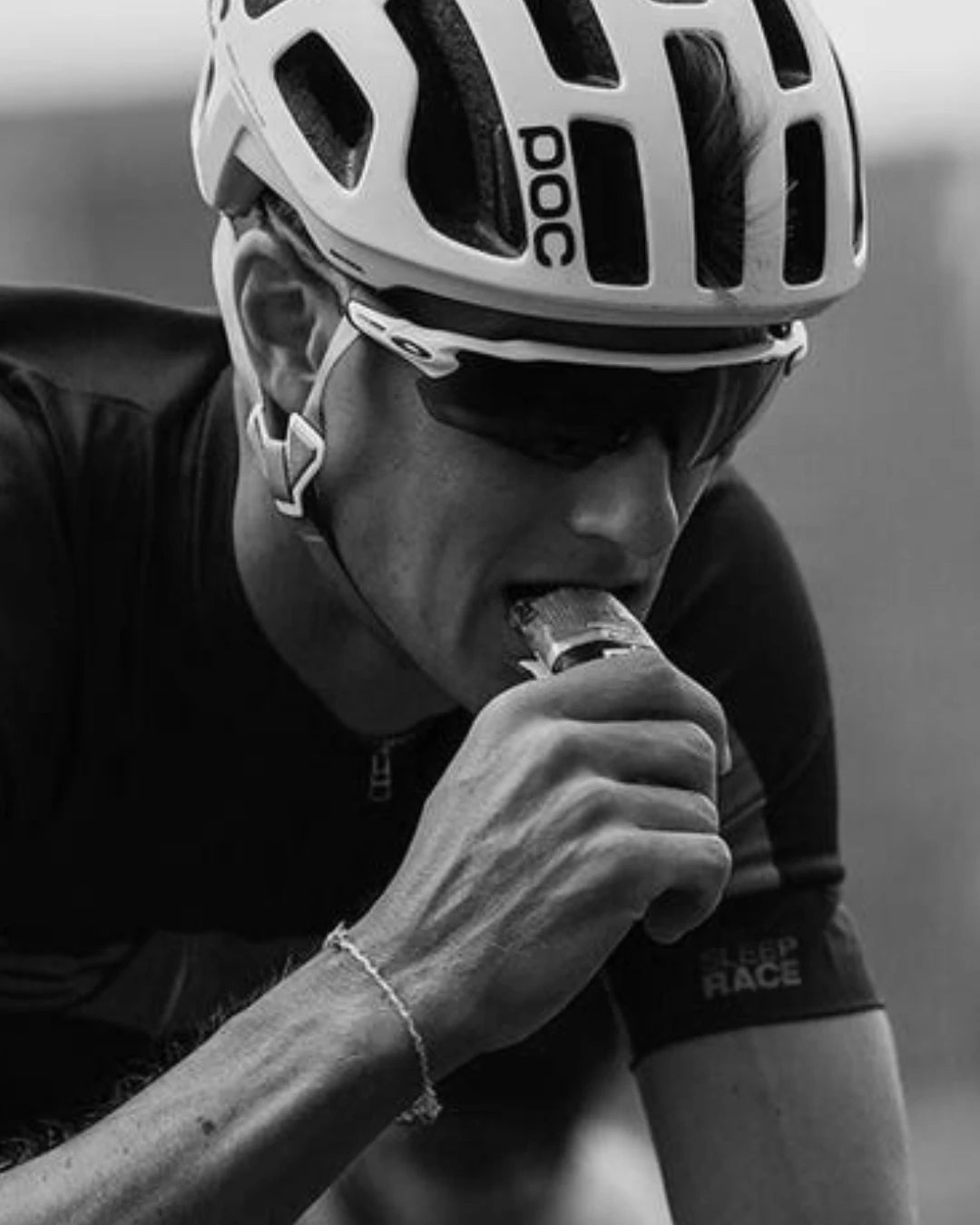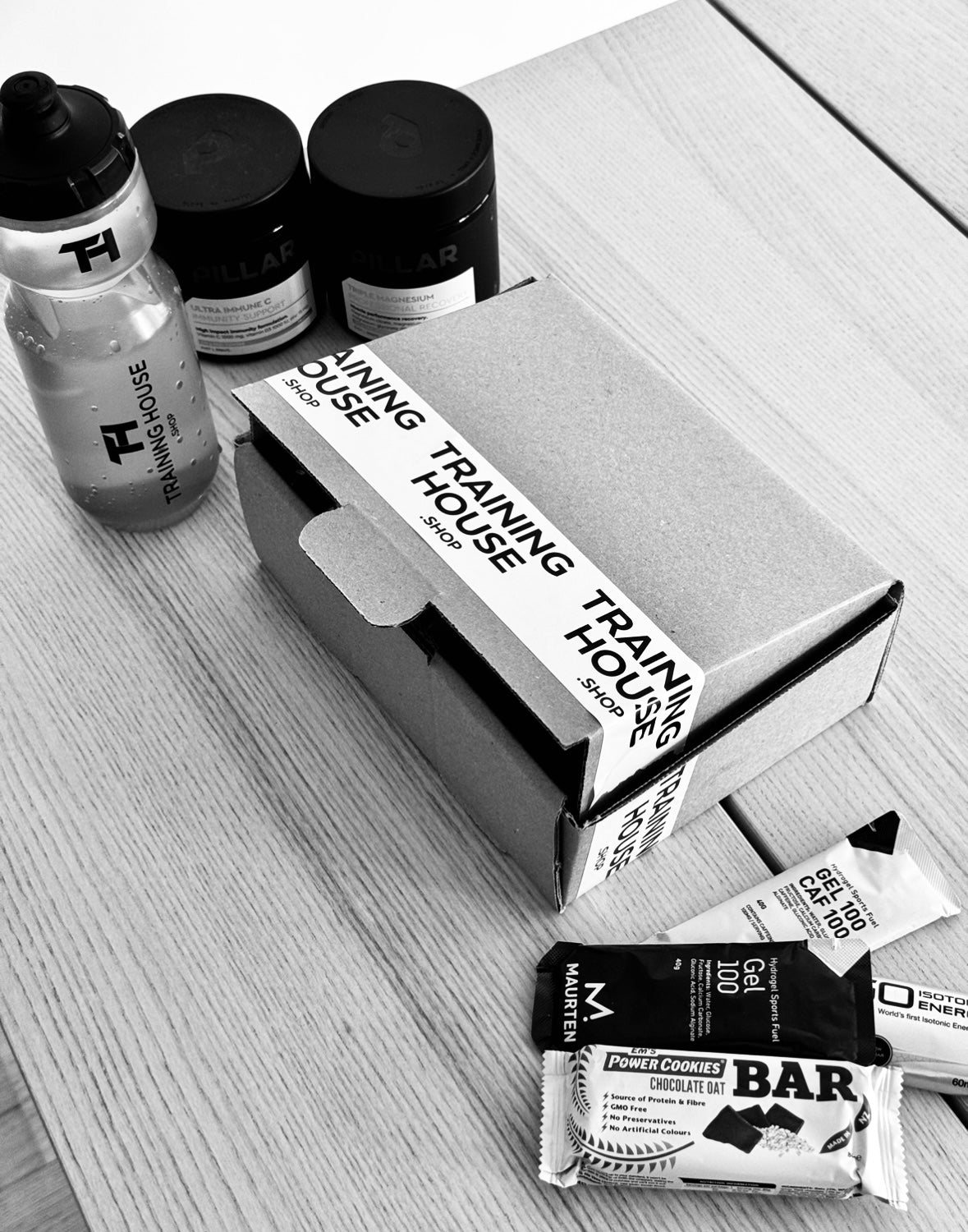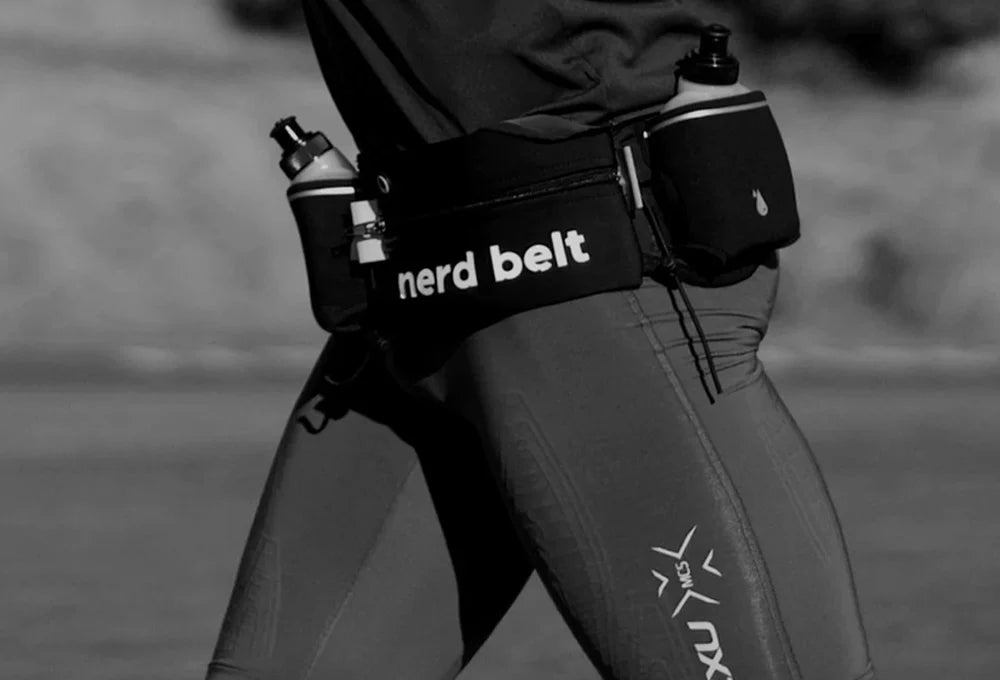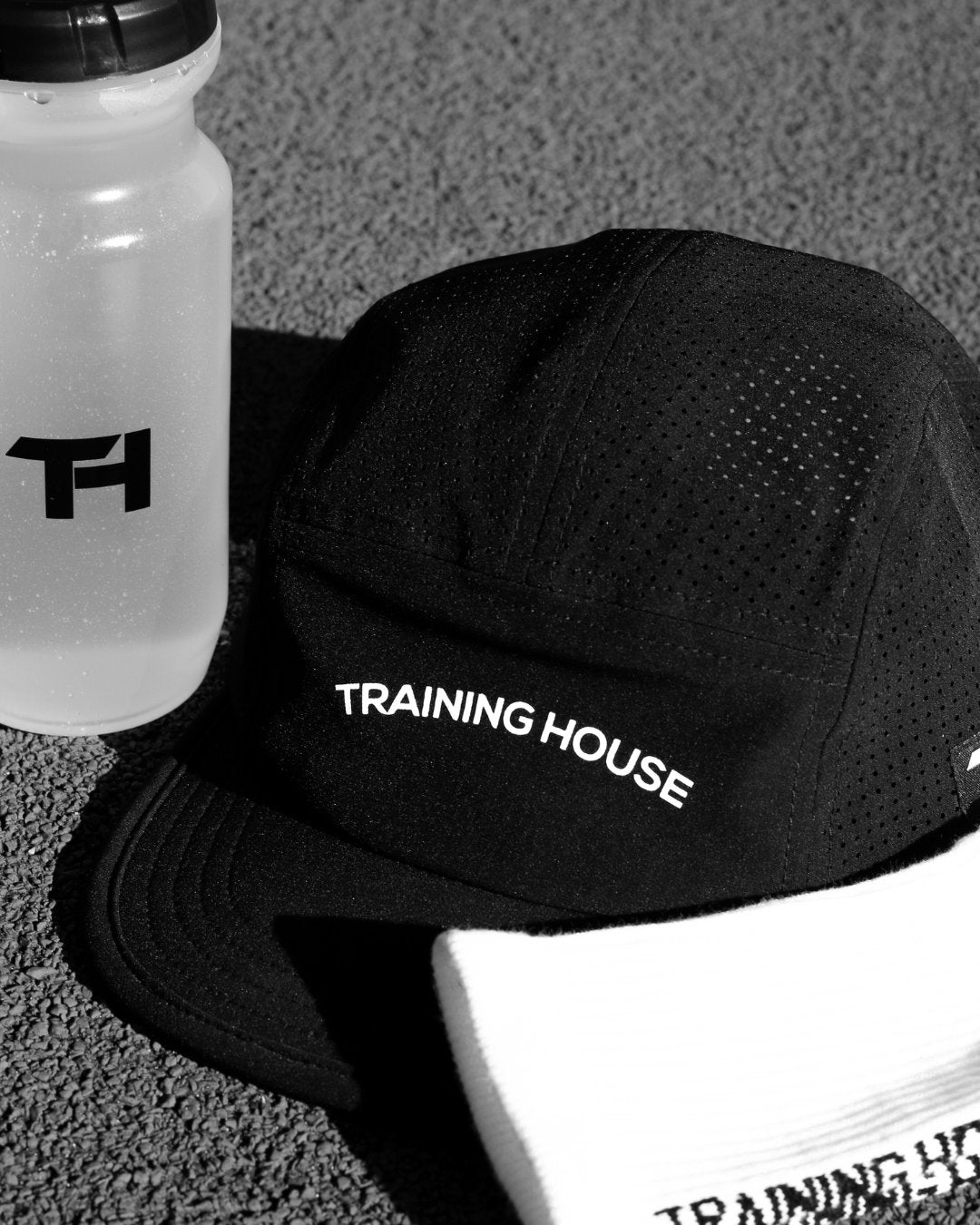Hello to everyone in our Training House Community,
The weeks keep flying by and I really hope that your health is good, training is consistent and spirits high.
Well, what an absolutely unbelievable race week we had in Kona for the women’s Ironman World Championships. The week culminated with one of the most dramatic and exciting races we’ve seen. Lead changes, great race dynamics between the favourites, breakthrough performances and generally just the highest level of racing.
Congratulations to everyone who raced.
Championship season then continued the following week with Wollongong hosting the World Triathlon Championship Final (as well as a round of the T100 series).
It was absolutely awesome to be there and watch some of the best triathletes in the World race in a location that has a lot of history hosting big races in Australia.
As a nation, we performed off the charts as you might expect at a home World Championships, with Aussie triathletes
dominating the majority of Age Group podiums. The week culminated with two of Australia’s best performances, Richelle Hill winning the Women’s U/23 World Championship and Matt Hauser claiming the Senior Men’s World Championship title with one of the best pure triathlon performances ever!
The main idea I wanted to explore today is race pacing. After watching the women’s race in Kona and seeing some of the very best athletes in our sport have to pull out late in the marathon, and then to see this pattern repeat itself again in some of the World Triathlon events, it got me to thinking about the importance of a very well-planned and environment-specific pacing strategy. Professional athletes often have to respond to race dynamics and follow the race, particularly if they are trying to win. This can be very risky, especially in hot races or races where there has been a lot of surging or tactical racing.
Ideally, we need to know our different distance thresholds for each discipline and in the environmental conditions we are racing in, as well as be aware of the specific demands of different styles of racing. Then we need to be disciplined enough to stay at those levels. As they say, we only have so many matches to burn.
Performing well at endurance events requires keeping our output controlled and as steady as possible, or at the very least minimising those effort spikes that build lactic and send our core body temperature up.
Moral to the story, prepare specifically and according to the demands of your race, then set a personalised pacing strategy that is specific to the type of race, your own current fitness levels and to the environment you are racing in. Finally, be disciplined enough to follow it and not get caught up in the excitement of the moment.
Until next time, take care.
Craig.
Triathlon Race Pacing Strategies: Lessons from Kona and World Championship Events
|Craig Alexander
